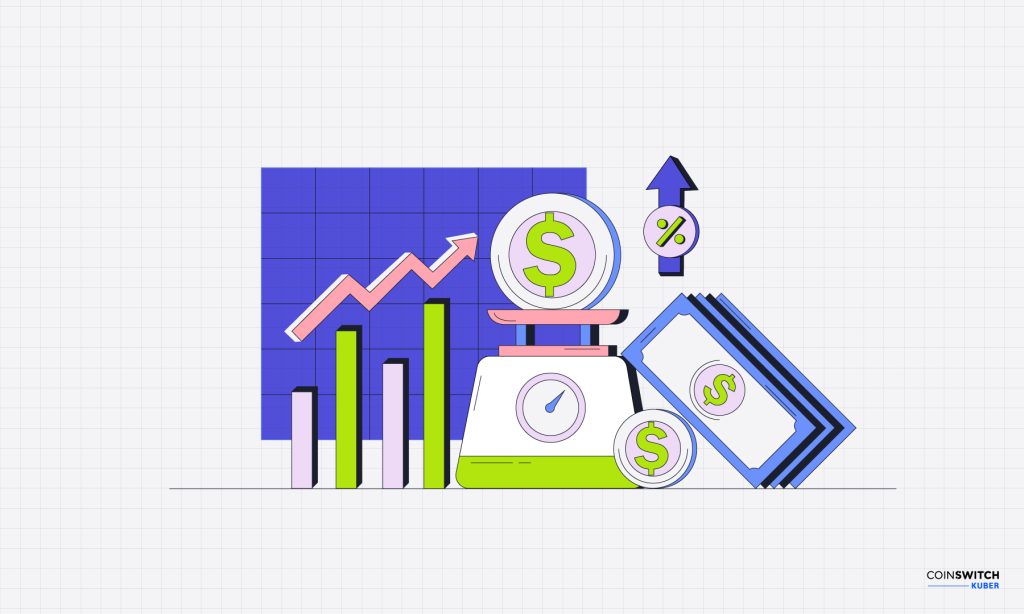Do you know your BSE Sensex from your Nifty 50? The answer is probably a resounding yes. But, as Indian investors, our familiarity with the major US stock market indices out there is limited. Here’s a brief primer on Wall Street to help you fill any gaps in your knowledge as you begin your overseas investment journey.
The beginnings
For those who like their history, the Philadelphia Stock Exchange was established in 1790. This was followed by the founding of the New York Stock Exchange two years later. Leading American exchanges, such as the New York Stock Exchange and the technology-heavy Nasdaq, are known for their depth and liquidity and provide ample investment opportunities for investors looking to trade in US stocks.
The scale of the US stock market is huge. It comprises many world-leading companies that have their operations spread across the world. The technology sector has firms such as Amazon.com Inc. (AMZN), Microsoft Corp. (MSFT), Apple Inc. (AAPL), Facebook’s new avatar Meta Platforms Inc. (META), Google parent Alphabet Inc. (GOOG), and Netflix Inc. (NFLX). Most of these firms are well-known for innovation and consistent, superior earnings.
However, innovation is not restricted to the tech sector alone. Pharmaceutical sector majors such as Pfizer Inc (PFE), Johnson & Johnson (JNJ), Bristol-Myers Squibb Co. (BMY), and Abbott Laboratories (ABT) are known for their cutting-edge research capabilities and the life-saving drugs they launched to treat rare medical conditions.
When we talk about the performance of the US stock markets, we are actually referring to the performance of three major stock market indices: S&P 500, the Nasdaq Composite, and Dow Jones Industrial Average.
S&P 500 Index
The Standard & Poor’s Index, popularly known as the S&P 500, is by far the best barometer to measure the performance of large-cap US companies. As the name suggests, the index is composed of top 500 US firms, contributing to its total market cap of about $40.15 trillion.
The index, which was constituted in 1957, has the distinction of being the first US stock market index based on the market cap of its constituent companies. Moreover, the index is rebalanced quarterly as companies can undergo changes due to corporate activities, such as mergers and acquisitions.
Essentially, the S&P 500 is a mix of some of the leading companies in the traditional as well as new-age sectors of the US economy. For instance, you will find a General Electric (GE) alongside new-age companies such as electric-vehicle maker Tesla Inc. (TSLA) and chip-maker NVIDIA Corp. (NVDA).
The Nasdaq Composite Index (COMP)
The Nasdaq Composite Index is a widely watched indicator of US technology stocks. The index comprises about 3,000 stocks that have their primary listing on the Nasdaq stock exchange. In fact, this is the primary criterion for inclusion in the index.
Interestingly, real estate investment trusts (REITs) and American Depositary Receipts (ADRs) too are eligible to be included.
US-based Cognizant Technology Solutions (CTSH), which has a majority of its workforce located in India, is on the index, along with the ADRs of Chinese search engine Baidu Inc (BIDU). As the Nasdaq Composite mostly represents technology companies listed on the Nasdaq stock exchange, it is often considered a reliable gauge of the performance of technology stocks.
While the technology industry dominates the composite, consumer services, health care, and financials sectors are also represented in the index. To elaborate, Apple Inc. (AAPL) and Microsoft Corp. (MSFT) find themselves in the company of PepsiCo (PEP) and food and beverage firm Kraft Heinz (KHC).
The Dow Jones Industrial Average (DJIA)
Also known as Dow 30, this index comprises 30 large US companies. Dating to 1896, the index is much sought after—by analysts and investors alike.
The criterion of higher share price for inclusion in the index makes it different from the S&P 500 and the Nasdaq Composite. Being a price-weighted index, firms with higher share prices get more weightage in the index than others.
The index is representative of all prominent sectors of the US economy. Some of its notable constituents are diversified industrial manufacturer 3M Co. (MMM), iPhone maker Apple Inc. (AAPL), construction equipment maker Caterpillar Inc. (CAT), and International Business Machines (IBM).
The Russell 1000 Index
The Russell 1000 Index is a well-watched list. It indexes the performance of 1,000 large US corporations, ranked on the basis of their market capitalization. In fact, the index accounts for more than 90% of the market cap of stocks listed in the US.
The index, which was launched in the year 1984, primarily serves as a benchmark for US-based funds that invest exclusively in US stocks. The index is useful for investors who prefer to invest in US large-cap stocks.
The Russell 1000 Index is a part of the larger universe of US stocks called the Russell 3000 Index.
Wrap-up
A basic understanding of these major indices will help you understand how the market functions. They will be a valuable aid as you devise a viable investment strategy for trading in US stocks.








